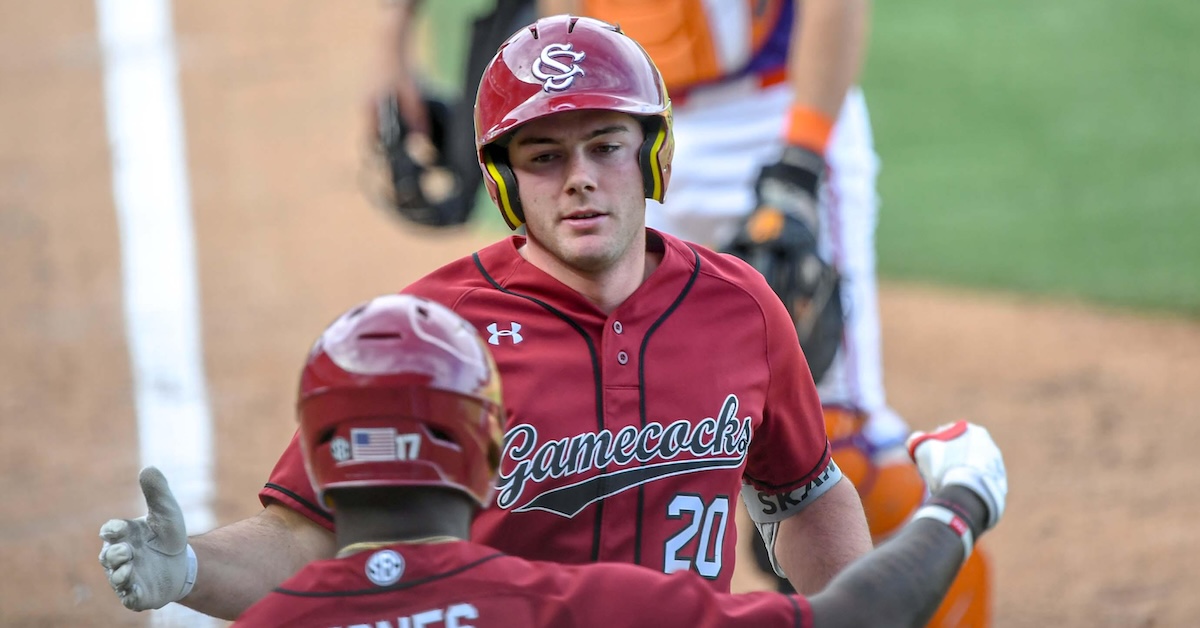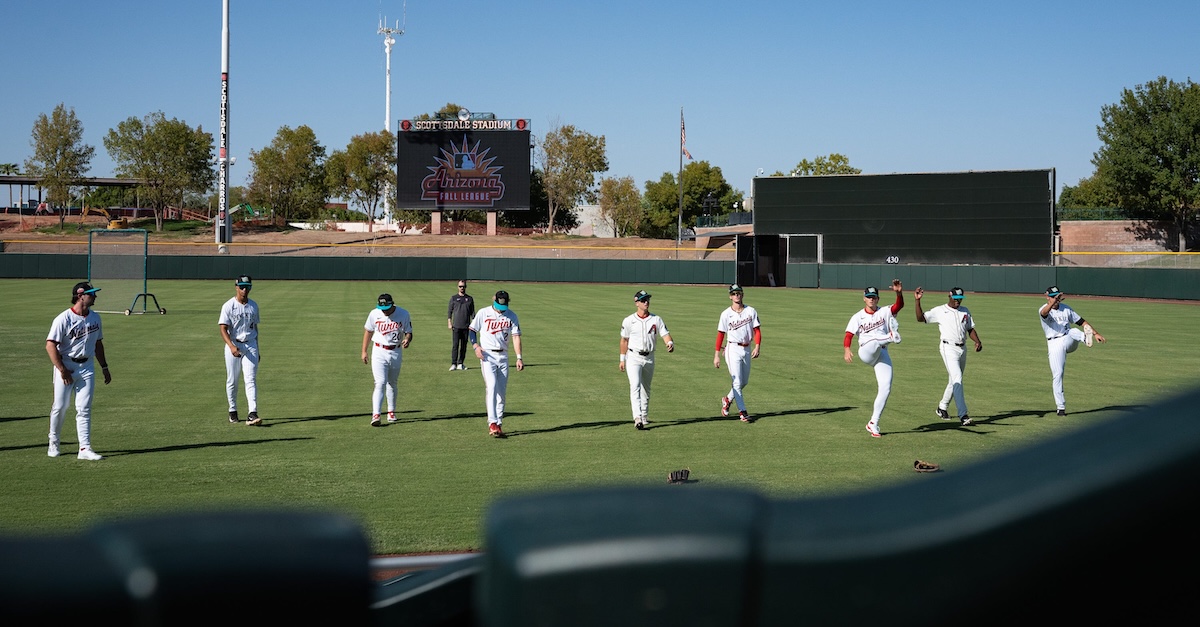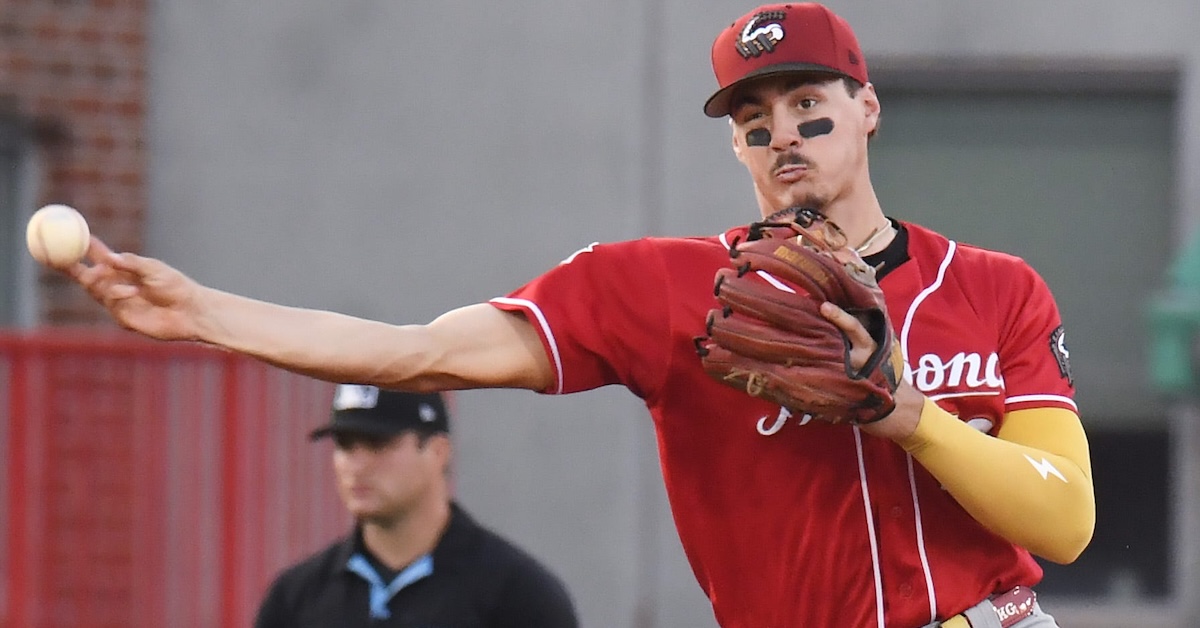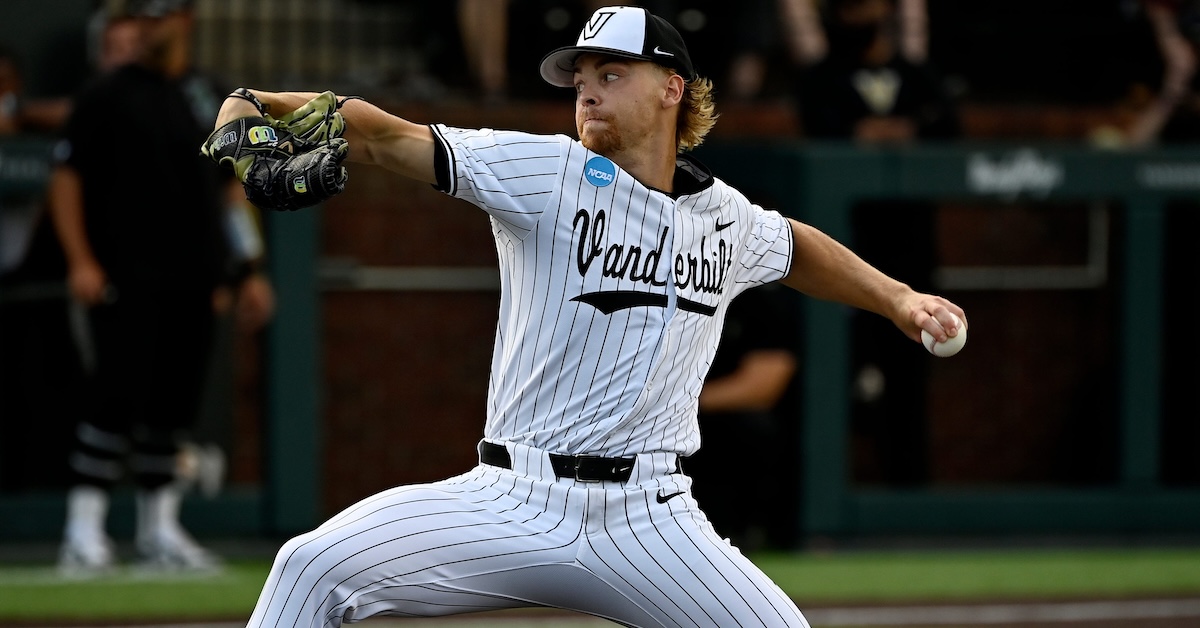Taking a Look at Six Fall League Prospects on the Rise

A lot of different types of players get sent to the Arizona Fall League by their parent clubs: prospects who have lost time due to injury, org arms there to soak up enough innings for the league to function, guys eligible for the Rule 5 Draft whose teams aren’t yet sold on putting them on the 40-man roster, and, quite often, the most talented and exciting players in minor league baseball. It’s a rich and robust tapestry.
Now that the league’s action has commenced, one use of the AFL is to provide a sort of decontextualized look at some of the players whose strong performance in 2025 was already cause for some re-evaluation. Here’s one player from each AFL roster who arrived with some helium, prompting us to ask if they’ve changed their scouting report, or are just progressively improving into the player we expected.
Glendale Desert Dogs
Sam Antonacci, 2B, White Sox
2025 FV: Honorable Mention
Not only did the White Sox trade for Chase Meidroth months after giving Antonacci a slightly over-slot bonus in the fifth round of the 2024 draft, their Double-A Birmingham affiliate won the Southern League while slotting Antonacci in as the third straight feisty little bat-to-ball maven at the top of their lineup behind Rikuu Nishida and William Bergolla. At six feet, he’s a bit taller, but similar to Meidroth, below-average thump and a dearth of the athleticism necessary to drive a shortstop projection cooled early scouting reads for Antonacci, and he was an honorable mention for us on the White Sox list in April. Despite only playing his junior season there after two years of Division II ball, Antonacci is so Coastal Carolina-pilled that 35 hit by pitches form a substantial part of the .433 OBP he held over his first full pro season. (That he has yet to be plunked in his first three AFL games has to be, one would imagine, a source of deep personal disappointment.) Read the rest of this entry »




